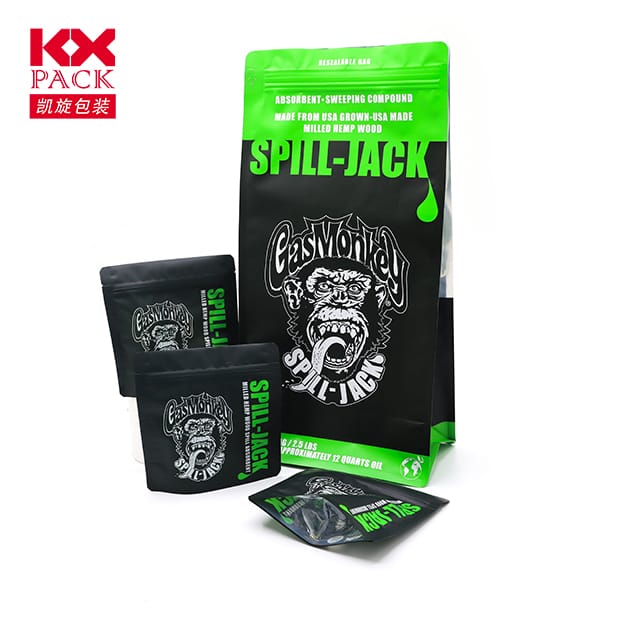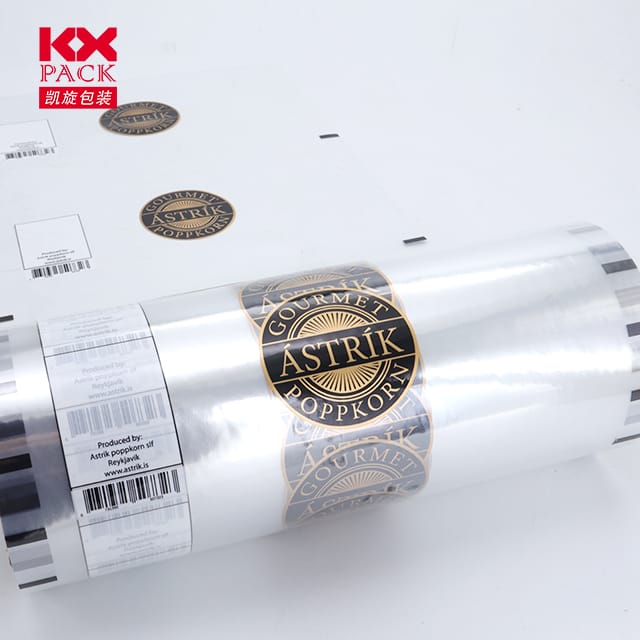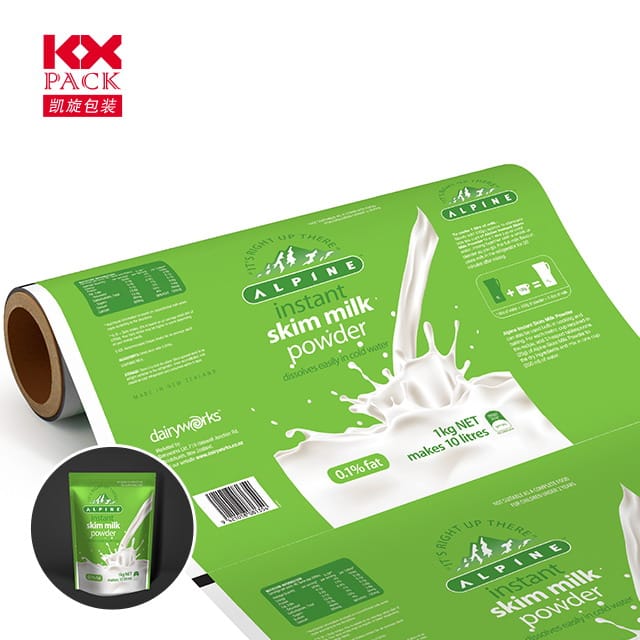Эволюция и влияние пластиковых упаковочных пленок: Баланс функциональности и устойчивости
Пластиковые упаковочные пленки
В сегодняшнем быстро меняющемся потребительском ландшафте, пластиковые упаковочные пленки стали повсеместными, молча защищать все от свежих продуктов до электроники. Эти универсальные материалы, известен своей легкой долговечностью, влагостойкость, и экономическая эффективность, революционизировали, как продукты достигают потребителей. Еще, Их экологический след вызвал нагретые дебаты. Давайте раскроем мир пластиковых упаковочных пленок и узнаем их преимущества., проблемы, и инновационные шаги к более зелёному будущему.
1. Рабочие лошадки современной упаковки
Пластиковые упаковочные пленки, в том числе полиэтилен (ЧП), полипропилен (ПП), и полиэстер (ДОМАШНИЙ ПИТОМЕЦ), разработаны для удовлетворения разнообразных потребностей.
- Сохранение еды: Фильмы любят Бопп (Двухосно -ориентированный полипропилен) являются основными продуктами в упаковке закусок, предлагая прозрачность, барьеры от влаги, и возможность печати. Например, В пакетах для картофельных чипсов используется многослойная пленка, обеспечивающая хрусткость и срок хранения..
- Сельскохозяйственное применение: LDPE (Полиэтилен низкой плотности) пленки защищают посевы от вредителей и непогоды, продление вегетационного периода и сокращение пищевых отходов до сбора урожая.
- Промышленное и медицинское использование: Стретч-пленка защищает поддоны во время транспортировки, в то время как стерилизованные пленки медицинского назначения защищают хирургические инструменты.
Их адаптируемость к различным отраслям подчеркивает их незаменимость, но какой ценой??
2. Экологический парадокс
Хотя пластиковые пленки превосходны по своим характеристикам, их недостатки трудно игнорировать:
- Одноразовые отходы: Ошеломляющий 36% всего произведенного пластика во всем мире используется в упаковке, большая часть выбрасывается после однократного использования. Пленки, такие как пищевая пленка или пакеты для покупок, часто оказываются на свалках или в океанах., на разложение уходят столетия.
- Утилизация препятствий: Многие пленки сложно переработать из-за загрязнения., многослойные композиции, или отсутствие инфраструктуры. Например, композитные пленки, используемые в упаковке кофе (НАПРИМЕР., мешочки с фольгированной подкладкой) редко принимаются в программы на обочине.
- Микропластическое загрязнение: Деградированные пленки распадаются на микропластик., проникая в экосистемы и даже пищевые цепи человека.
3. Инновации, способствующие устойчивому развитию
Упаковочная индустрия стремится решить эти проблемы с помощью передовых решений.:
- Биоразлагаемые и компостируемые пленки: Компании, как Тело -парень и Новамонт являются новаторскими компостируемыми пленками, изготовленными из материалов растительного происхождения. (НАПРИМЕР., кукурузный крахмал или водоросли). На промышленных предприятиях по компостированию они разлагаются в течение нескольких недель., Предлагая жизнеспособную альтернативу традиционным пластмассам.
- Пленки из мономатериала, пригодные для вторичной переработки: Бренды переходят на монополимерные пленки (НАПРИМЕР., 100% ПЭ или ПП) для улучшения возможности вторичной переработки. Например, ПроАмпакС Проактив, пригодный для вторичной переработки пленки предназначены для легкой сортировки и переработки.
- Прорывы в области химической переработки: Передовые технологии переработки, например пиролиз, превращать смешанные пластиковые отходы в топливо или сырье для новых пленок, замыкание петли на круглости.
- Барьерные покрытия от природы: Новаторы используют хитозан (из панцирей ракообразных) или целлюлозные нановолокна для создания биоразлагаемых барьеров, снижение зависимости от химикатов на основе ископаемого топлива.
4. Потребительская и корпоративная ответственность
Переход к экологичной упаковке — это не просто работа производителя: потребители и политики играют ключевую роль.:
- Обучение покупателей: Четкая маркировка (НАПРИМЕР., «Домашний компост» против. «Пригодный для вторичной переработки») и информационные кампании могут снизить загрязнение в потоках переработки..
- Корпоративные обязательства: Гиганты любят Юнилевер и Нестле пообещали сократить использование первичного пластика и инвестировать в перерабатываемую/компостируемую упаковку. 2025.
- Политические рычаги: Расширенная ответственность производителя (Епр) законы в ЕС и США. привлечь бренды к ответственности за отходы, стимулирование экодизайна.
5. Дорога впереди: Гибридный подход
Хотя ни одно решение не решит пластиковый кризис, гибридный подход показывает многообещающие результаты:
- Многоразовые системы: Заправочные станции и возвратная тара (НАПРИМЕР., Прочные контейнеры Loop) минимизировать одноразовые отходы.
- Умные фильмы: Термочувствительные пленки или пленки с RFID-метками могут оптимизировать цепочки поставок, сокращение чрезмерной упаковки.
- Глобальное сотрудничество: Межотраслевое партнерство (НАПРИМЕР., а Новая экономика пластмасс Фонда Эллен Макартур) ускоряют инновации и стандартизацию.
Заключение: Переосмысление роли пластиковых пленок
Пластиковые упаковочные пленки никуда не денутся, но их будущее необходимо пересмотреть. Расставляя приоритетывозможность вторичной переработки, компостируемость, и сокращение расхода материалов, отрасль может снизить воздействие на окружающую среду, не жертвуя при этом функциональностью.
Как потребители, мы тоже обладаем властью: Выбирайте бренды, приверженные принципам устойчивого развития, старательно перерабатывать, и выступать за системные изменения. После всего, пленки, которыми обернута наша повседневная жизнь, должны защищать и нашу продукцию, и нашу планету..
Как вы относитесь к пластиковой упаковочной пленке?? Поделитесь своими мыслями или советами по устойчивому обмену ниже.! 🌍🛍️♻️
Ключевые слова: пластиковые упаковочные пленки, устойчивость, Биоразлагаемая упаковка, переработка, круговая экономика, пищевая упаковка, воздействие на окружающую среду.







